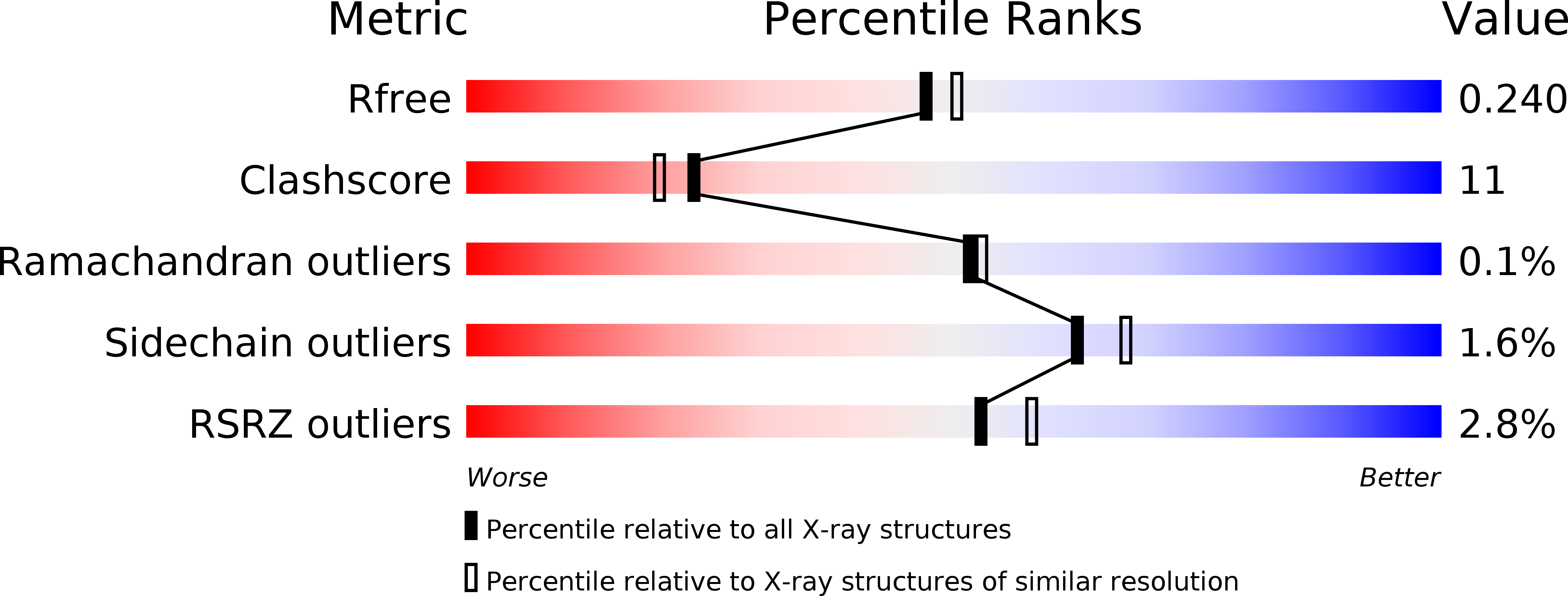
Deposition Date
2000-06-16
Release Date
2000-09-12
Last Version Date
2023-12-13
Entry Detail
PDB ID:
1E3I
Keywords:
Title:
Mouse class II alcohol dehydrogenase complex with NADH and inhibitor
Biological Source:
Source Organism:
MUS MUSCULUS (Taxon ID: 10090)
Host Organism:
Method Details:
Experimental Method:
Resolution:
2.08 Å
R-Value Free:
0.22
R-Value Work:
0.19
R-Value Observed:
0.19
Space Group:
P 21 21 21


